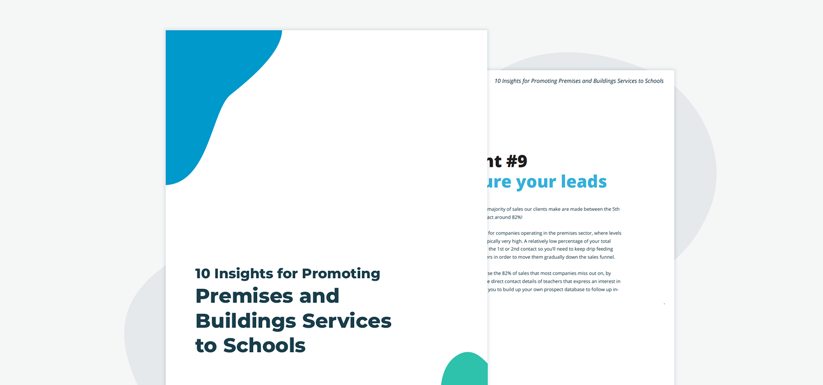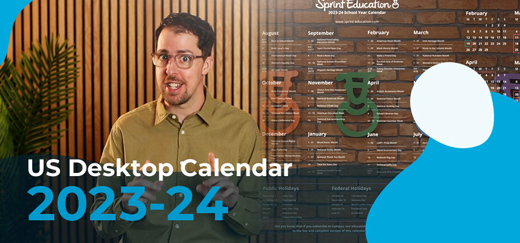6 questions about pupil premium funding - answered
6 questions about pupil premium funding - answered
At the end of June, the next quarterly instalment of the pupil premium funding will be released for maintained schools. Read on to find out what this means for them and your edu-marketing.
At the end of June, the next quarterly instalment of the pupil premium funding will be released for maintained schools. Read on to find out what this means for them and your edu-marketing.
What is pupil premium funding?
Pupil premium provides schools with funding on top of their standard budgets. The funding was introduced in 2011 to improve education outcomes for disadvantaged pupils. It’s allocated in quarterly instalments following the financial, rather than the academic year.
The sum paid to schools varies depending on several factors, including whether the school is primary or secondary.
How much will schools get this financial year?
Schools get the annual funding based on the number of pupils from disadvantaged groups they had on their roll in October 2021.
In 2022, this breaks down into £310 per service child, £985-1385 (primary and secondary, respectively) per child eligible for free school meals, and £2410 per looked-after child.
Maintained schools receive the funding via the local authority. In contrast, academies and non-maintained special schools receive theirs at slightly different times of the year and receive their funding directly.
Who qualifies for free school meals?
Pupils living in households on income-related benefits (such as universal credit) are eligible to apply for free school meals. Currently in England, Scotland, and Wales, pupils receive free school meals as long as their annual household income does not exceed £7,400 after-tax, not including welfare payments. In Northern Ireland, the cap is set at £14,000 a year.
Who qualifies for free school meals is currently a hot topic of discussion due to the cost of living crisis, and many public figures and charities have pledged their support to see eligibility for free school meals expanded.
When is pupil premium released this financial year?
Maintained schools will receive quarterly instalments by:
- 30 June 2022
- 30 September 2022
- 30 December 2022
- 31 March 2023
Academies will receive quarterly instalments by:
- 8 July 2022
- 10 October 2022
- 10 January 2023
- 11 April 2023
What do schools spend pupil premium funding on?
Although the main aim of the pupil premium is to raise attainment, schools have some flexibility in how they spend the money. They are entitled to spend it on non-academic outcomes, such as improving pupils’ mental health, boosting attendance, and providing activities that will also benefit non-eligible pupils.
Schools aren’t required to spend the funding in the year they receive, but they do have to adhere to rules about spending the funds. They are expected to publish their plans for pupil premium funding in a pupil premium strategy statement and evidence the difference the funding has made.
The funding is commonly used to employ teaching assistants for extra one-to-one or group support, run schools breakfast clubs and after-school clubs, fund educational trips and visits, and invest in additional resources and technology.
How does this impact my edu-marketing strategy?
At this stage of the year, with mere weeks until the summer holidays, schools will be receiving their latest instalment of pupil premium, in addition to the new core budgets released at the start of the summer term.
That means school budgets are at their highest at this time of year. With access to funds, school leaders will likely be reviewing their plans, assessing what they need for the new academic year, and deciding whether to make purchases now or in September.
According to our own survey of over 3,000 school staff, the summer term is when most school leaders make their big purchasing decisions, with 15% and 14% of schools making their big purchasing decisions in June and July respectively. The most popular overall month for big school purchases was September at 17%.
That means that right now, schools are thinking about what to spend their latest allocation on. It’s, therefore, a great time to spread the word about your product or service, particularly if it’s a more expensive purchase that they may be more receptive to with a bigger budget in their pockets.
Schools that want to ensure everything is prepared and ready in advance of September may be keen to make purchases now before the summer holidays to minimise disruption. This is particularly true for schools committing to bigger projects that need to be installed or built, such as playgrounds, facility upgrades, new furniture deliveries, or school-wide software systems.
However, the closer we get to the holidays, the more likely it is that schools will delay making big decisions until September if the product or service doesn’t need to be installed or rolled out over the summer holidays.
With this in mind, it’s worth keeping a consistent presence in school inboxes up to the summer break to ensure schools think of your offer come September.
Target schools with helpful strategies that offer free resources, demos, and advice on tap. You may not see immediate sales, but schools will be more likely to remember you when they are ready to spend, and according to our survey that could be as soon as September.
If you’re ready to create a strategy that will see you straight to the top of school inboxes, get in touch. Email info@sprint-education.co.uk or call 01684 297373 to speak to our experts today
Tags
Education Budget
Education Marketing
School Budgets
Similar Articles


Gathering education insights (8 quick tips)
Learn 8 quick tips to improving your education marketing strategies with direct school insights, and the benefits of online studies and surveys.


Marketing Premises and Buildings Services to Schools
Learn 10 game-changing insights especially for premises and building suppliers to enhance your education marketing campaigns when emailing schools.


Expert marketing to K-12 support and solutions
Expert marketing to K-12 solutions
Email Principals, Teachers, and District Staff Inboxes
Email teachers and staff inboxes
Sell More to US and Global Schools and Districts
Sell more to schools and districts
































